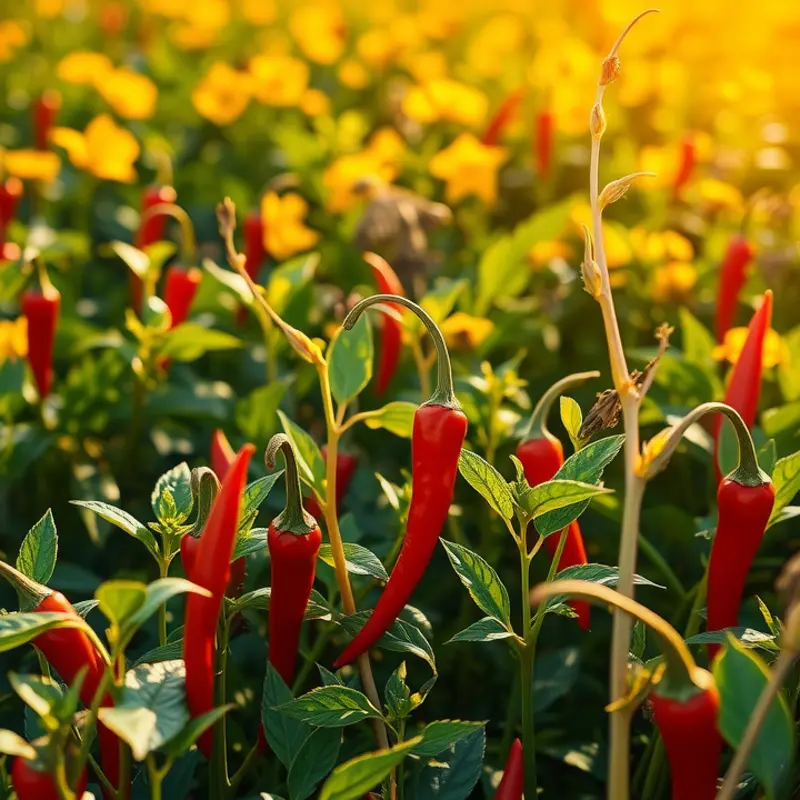The interconnectedness of our world has always been mirrored in the vibrant tapestry of global cuisines. From spices traded on ancient routes to the dynamic fusion of flavors in modern kitchens, each bite tells a story. Exploring how culinary practices intermingled through trade reveals the rich cultural exchanges that underpin today’s diverse food landscape. Every meal has a history; let us embark on a flavorful journey where cultures collide and create something spectacular.
Silk Roads and Spaghetti: The Trails of Taste

The Silk Roads, a vast network of interconnected trade routes, wove a web that connected continents and cultures. Beyond silk and precious metals, these paths carried spices, fruits, and culinary secrets that crossed the boundaries between East and West. This exchange of flavors and techniques forged a vibrant tapestry of global cuisines.
Spices were among the most cherished goods traded along the Silk Roads. The ancient markets of Samarkand and Constantinople thrived on their aromatic allure. Cinnamon, cloves, and nutmeg traveled to Europe, transforming bland dishes into vibrant culinary offerings. These spices were not merely commodities; they symbolized wealth and status. In Asian cooking, the use of such spices was to enhance the natural flavors of the ingredients, crafting a delicate balance.
Fruits, too, made epic journeys. Apricots, once native to the regions of Central Asia, found their way into European desserts. By absorbing these influences, European pastry traditions blossomed. Explore more about global pastry traditions. Artisans in Italy and France blended these exotic fruits into their pastries, crafting desserts that were both indulgent and novel.
Culinary techniques crossed borders as freely as goods. The art of noodle-making, perfected in China, inspired Italian pasta-making. While Italian cuisine would eventually shape its identity around pasta, the threads of its origin can be traced to the dynamic exchanges on the Silk Roads. Dim sum and dumplings from China share a kinship with ravioli, showcasing this mutual influence.
Iconic dishes emerged from these cross-cultural interactions. Fusion foods like currywurst in Germany demonstrate how Asian spices captivated European palates. The hybridization of foods is a testament to the migratory essence of culinary traditions. Similarly, Middle Eastern and Mediterranean cuisines embraced far-flung flavors, crafting meals that tell stories of traders and travelers.
One can’t overlook the profound impact on tea culture. Tea, native to China, found an enthusiastic audience in Europe. The practice of tea-drinking evolved, blending the rituals of both regions. European adaptations of tea culture eventually led to the genteel custom of afternoon tea—a ceremony steeped in history.
The Silk Roads served as more than conduits for trade; they were highways of cultural exchange. As spices, fruits, and techniques moved along these paths, they enriched the global palate and gave rise to new culinary identities. Through the mingling of flavors and traditions, the world experienced an unprecedented gastronomic renaissance, reminding us of the power of cultural connection in transforming what we eat.
From Pho to Pizza: A Culinary World Map

The journey of food through trade routes is a rich tapestry of discovery and transformation. Dishes like Vietnamese pho and Italian pizza serve as delicious examples of how global exchanges have shaped culinary traditions. As ships and caravans carried spices, produce, and cooking techniques across continents, local cuisines absorbed and reinvented these influences in creative and tasty ways.
Pho, a beloved Vietnamese soup, exemplifies this blend of cultures. It emerged in northern Vietnam in the early 20th century, a confluence of Chinese culinary traditions and French colonial influence. The use of rice noodles shows the Chinese impact, while the distinctive broth cooking technique traces back to French pot-au-feu. The subtle inclusion of spices such as star anise highlights trade links with Southeast Asia, where flavors mingled in vibrant ports.
In Italy, pizza’s journey began with ancient flatbreads. However, its modern form owes much to the arrival of tomatoes from the Americas. At first, tomatoes were viewed with suspicion, yet they found their place in Italian cuisine, giving birth to the icon of the Margherita pizza in Naples. Elements like olive oil and basil are testaments to Mediterranean trade, capturing the essence of land and sea exchanges that were prevalent in the region.
Both dishes showcase not only the adaptation of foreign ingredients but also the resilience and creativity of local food cultures. They highlight how dishes can become a cultural emblem, reflecting a nation’s history and its openness to absorb new influences.
Migration, driven by trade and conquest, also played a significant role in this culinary exchange. As people moved, they brought their culinary traditions along, setting the stage for food to become a dynamic cultural bridge. In cities like New York and London, these culinary interactions became especially pronounced as immigrants created fusion dishes, combining the old with the new.
The evolution of these foods invites us to examine how ingredients traveling along trade routes have changed global cooking methods. For instance, the use of chili peppers in Asian and Indian cuisines transformed palettes with their fiery kick, even though these plants originated in South America.
Today, the legacy of these culinary exchanges continues as we seek to explore and adapt. Chefs challenge boundaries by integrating global flavors, ensuring food remains a living, evolving art form. This evolution encourages us to appreciate foods beyond consumption, seeing them as a cumulative effort across generations, distances, and cultures.
For those interested in exploring how these influences continue to shape cuisines, the exploration of various food cultures and the role of trade can deepen your understanding. Discover more about the interplay of culinary influences through trade here.
Final words
Culinary traditions are a reflection of the dynamic interactions between cultures over centuries. Through trade routes, spices, cooking techniques, and unique ingredients have traveled, enriching our palates and expanding our culinary horizons. This beautiful fusion of flavors is a testament to our shared humanity and the endless potential of cultural exchange. As food enthusiasts, embracing global cuisines not only tantalizes taste buds but also deepens our understanding and appreciation of diverse cultures. So, let’s celebrate the stories that every dish has to tell and the connections that keep us united through food.








